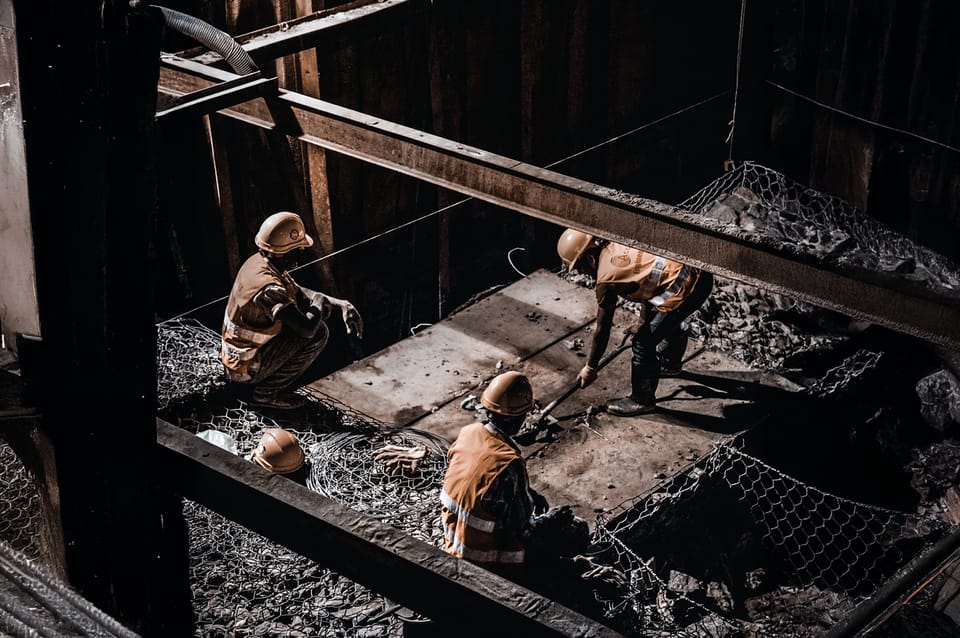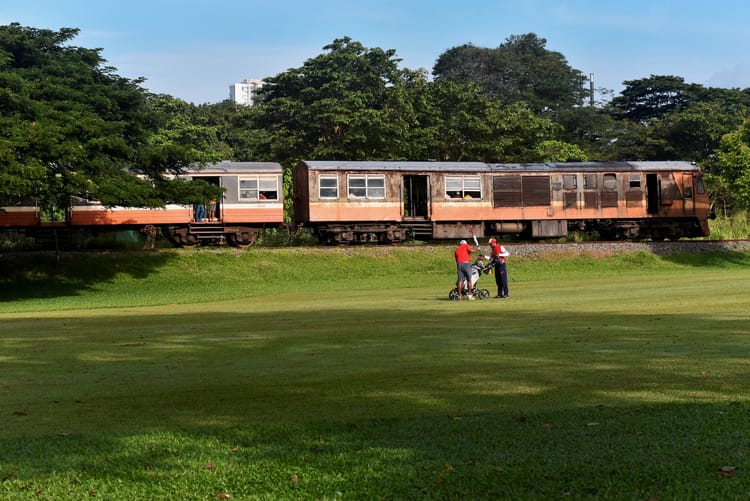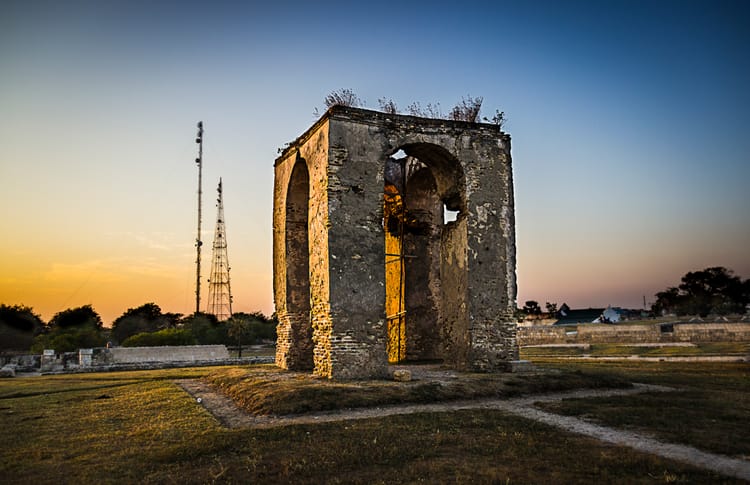
The Examiner has more opinions than it has staff. We maintain unanimity in our facts, not the inferences we draw from them. This examination is no exception.
The civil war was a blessing in disguise for Sanken, one of the island’s largest construction companies. The war had swung a wrecking ball through Sri Lanka’s domestic construction market. Government budgets shifted away from massive infrastructure projects and towards the army. While abroad there was money to be made, so Sanken followed the money.
“We boast about a foreign company coming and setting up here. But nobody thinks of a Sri Lankan multinational, that’s the problem,” said Mevan Gunatilleke, managing director of Sanken Overseas. In the last fifteen years, Sri Lankan construction companies have effectively become multinational corporations - completing projects in at least a dozen countries.
They sign their names on resorts in the Maldives, flyovers in Kenya, sea revetments in Mauritius, and hospitals in the Tonga islands. “Exports aren’t just tea and rubber from a hundred years ago, or even apparel. Construction services too are a type of export,” says Gunatilleke.
Construction exports have grown, from an average of $65 million a year before COVID and the economic crisis, to more than double that post-crisis. Besides business process outsourcing, no other service export has seen this level of growth.

The government has dedicated 500 million rupees for “export promotion” in this year's budget. But export promotion isn’t what pushed construction companies abroad. It was a difficult domestic market, strong foreign connections and the good reputation of technical staff.
Early starters
Sanken went abroad in the 1980s, an early start credited to its international network. Originally a subsidiary of Japanese giant, Mitsui, Sanken leveraged its Japanese connections to break into overseas markets. “Our Japanese legacy helped in the early years,” said Gunatilleke.
Starting with subcontract work for its parent company and JICA — Japan’s aid agency — Sanken then developed its own leads. Now, no longer associated with Mitsui, they learn about projects overseas from their networks and bid independently.
In 2004, as the war resumed, Sanken decided to take a bold step. They formed a company dedicated to foreign construction contracts — Sanken Overseas. But Sanken Overseas needed to overcome formidable obstacles if it was to survive. For example, until 2007 the banks prohibited anyone from investing abroad without the Finance Minister’s approval. For a construction company trying to set up shop abroad — open an office, hire staff, and buy equipment — such restrictions made it nearly impossible.
The worst of these restrictions have now been lifted. Besides Sanken, some of the other majors – ICC, Nawaloka, and Access – have implemented projects abroad. Renewable energy construction companies too have advanced into Africa.
The talent advantage
The construction export industry benefits from two competitive advantages. First is the reputation of its quantity surveyors and engineers.
Moratuwa University was an early entrant into quantity surveying, starting its programme in the 1980s when most other countries still merged the role with that of the engineer. This early advantage made it possible for Sri Lankan quantity surveyors to “dominate” the Saudi market in large scale constructions, explained Nissanka Wijeratne, the head of the Chamber of Construction Industries. When construction boomed in Saudi Arabia, Sri Lankan quantity surveyors were swept up by companies, both local and foreign.
While quantity surveyors benefited from their early specialisation, engineers gained their good reputation from being jacks of all trades. In smaller energy projects like mini-hydro and solar, having “all-rounder engineers” granted a competitive edge. “European engineers are highly specialised, they might only know electrical engineering for example,” said Prasanna Dissanayake, General Manager of Windforce Hydro. “Ours can do everything from mechanical and electrical, to soil investigation, and initial assessments."
The technology advantage
The second competitive advantage is technological expertise, with the industry earning a reputation for early adoption. Sanken’s Gunatilleke explained that Sri Lanka was using pre-cast technology as far back as the 1960s and 1970s. “Teams from Singapore used to visit us to learn,” he said, and Sanken even occasionally did projects in Singapore and Maldives in the early 1980s.
Today, Sri Lanka still benefits from its hydropower legacy. The island’s aggressive investments in hydropower created unique expertise, opening up global markets for mini-hydro companies. Windforce, Vidullanka, and VS Hydro are some of many renewable energy companies that have expanded to Africa, starting with mini hydropower.



